5-50 μm LNOI, LTOI, Quartz on Silicon
LNOI (Lithium Niobate on Insulator):
Excellent Electro-Optic Properties: LNOI boasts exceptional electro-optic coefficients, making it an ideal material for high-speed modulators, switches, and filters.
High Nonlinearity: Its high nonlinear optical properties enable efficient frequency conversion and parametric amplification processes.
Compatibility with CMOS Technology: Compatible with standard CMOS processes, LNOI simplifies integration into complex electronic-photonic systems.
Wide Transparency Window: Transparent from the visible to the mid-infrared range, LNOI supports a broad range of applications.
LTOI (Lithium Tantalate on Insulator):
Enhanced Piezoelectric Response: LTOI exhibits an enhanced piezoelectric effect, ideal for high-sensitivity sensors and actuators.
Low Optical Loss: With low optical absorption and scattering, LTOI ensures minimal signal degradation in optical devices.
Temperature Stability: Compared to LNOI, LTOI demonstrates superior temperature stability, critical for applications requiring precise control.
Excellent Acoustic Properties: Ideal for surface acoustic wave (SAW) devices, LTOI supports high-frequency acoustic wave propagation.
Quartz on Silicon:
Ultra-High Purity: Quartz on Silicon features ultra-high purity SiO2, ensuring exceptional chemical and thermal stability.
Low Thermal Expansion: With a low coefficient of thermal expansion, it minimizes thermal stress and distortion in temperature-varying environments.
Excellent Optical Transparency: Highly transparent across the UV to IR spectrum, making it suitable for optical windows, lenses, and filters.
Excellent Electrical Insulation: Quartz’s inherent electrical insulation properties protect electronic components from electrical interference.
Applications: Optical Modulators, Piezoelectric Devices, Semiconductor Processing, etc.
Kingwin Optics, a leading provider of advanced optical materials and devices, is proud to introduce its high-performance 5-50 μm LNOI (Lithium Niobate on Insulator), LTOI (Lithium Tantalate on Insulator), and Quartz on Silicon products. These innovative materials are designed to meet the rigorous demands of modern optical, semiconductor, and photonics applications.
Specification:
| Diameter | 3, 4, 6 inches |
| Orientation | X, Y-42, Y-46.3, Z, etc. |
| Material | LiTaO3, LiTaO3, Quartz, etc. |
| Thickness | 5-50μm |
| Material | Si |
| Thickness | 230-500μm |
Detailed Advantages
1. LNOI (Lithium Niobate on Insulator):
- Excellent Electro-Optic Properties: LNOI boasts exceptional electro-optic coefficients, making it an ideal material for high-speed modulators, switches, and filters.
- High Nonlinearity: Its high nonlinear optical properties enable efficient frequency conversion and parametric amplification processes.
- Compatibility with CMOS Technology: Compatible with standard CMOS processes, LNOI simplifies integration into complex electronic-photonic systems.
- Wide Transparency Window: Transparent from the visible to the mid-infrared range, LNOI supports a broad range of applications.
2. LTOI (Lithium Tantalate on Insulator):
- Enhanced Piezoelectric Response: LTOI exhibits an enhanced piezoelectric effect, ideal for high-sensitivity sensors and actuators.
- Low Optical Loss: With low optical absorption and scattering, LTOI ensures minimal signal degradation in optical devices.
- Temperature Stability: Compared to LNOI, LTOI demonstrates superior temperature stability, critical for applications requiring precise control.
- Excellent Acoustic Properties: Ideal for surface acoustic wave (SAW) devices, LTOI supports high-frequency acoustic wave propagation.
3. Quartz on Silicon:
- Ultra-High Purity: Quartz on Silicon features ultra-high purity SiO2, ensuring exceptional chemical and thermal stability.
- Low Thermal Expansion: With a low coefficient of thermal expansion, it minimizes thermal stress and distortion in temperature-varying environments.
- Excellent Optical Transparency: Highly transparent across the UV to IR spectrum, making it suitable for optical windows, lenses, and filters.
- Excellent Electrical Insulation: Quartz’s inherent electrical insulation properties protect electronic components from electrical interference.
Applications:
1. LNOI Applications:
- Optical Modulators: Used in high-speed optical communication systems for data encoding and decoding.
- Nonlinear Optics: Enables efficient frequency conversion, parametric amplification, and optical parametric oscillators.
- Quantum Photonics: Supports the creation and manipulation of quantum states of light for quantum computing and cryptography.
- Optical Sensing: High sensitivity to external fields makes LNOI ideal for optical sensors.
2. LTOI Applications:
- Piezoelectric Devices: Utilized in high-precision sensors, actuators, and resonators for timing and frequency control.
- Surface Acoustic Wave Devices: Ideal for RF filters, delay lines, and sensors requiring high-frequency acoustic wave manipulation.
- Optical Waveguides: Supports low-loss optical propagation, suitable for integrated optical circuits and devices.
- Biological and Chemical Sensing: Enhanced sensitivity to surface changes makes LTOI suitable for biosensors and chemical sensors.
3. Quartz on Silicon Applications:
- Optical Windows and Lenses: Used in high-power lasers, optical instruments, and imaging systems due to its high transparency and low thermal expansion.
- Semiconductor Processing: Quartz wafers serve as substrates for thin-film deposition, photolithography, and etching processes.
- Optical Filters: Quartz’s inherent optical properties make it ideal for the fabrication of optical filters and polarizers.
- High-Voltage Insulation: Utilized in high-voltage electrical components and devices due to its excellent electrical insulation properties.
Kingwin Optics’ 5-50 μm LNOI, LTOI, and Quartz on Silicon products offer unparalleled performance and versatility, making them essential components in today’s cutting-edge optical, semiconductor, and photonics applications. With their exceptional electro-optic, piezoelectric, optical transparency, and electrical insulation properties, these materials are poised to revolutionize various industries, from telecommunications to quantum computing.

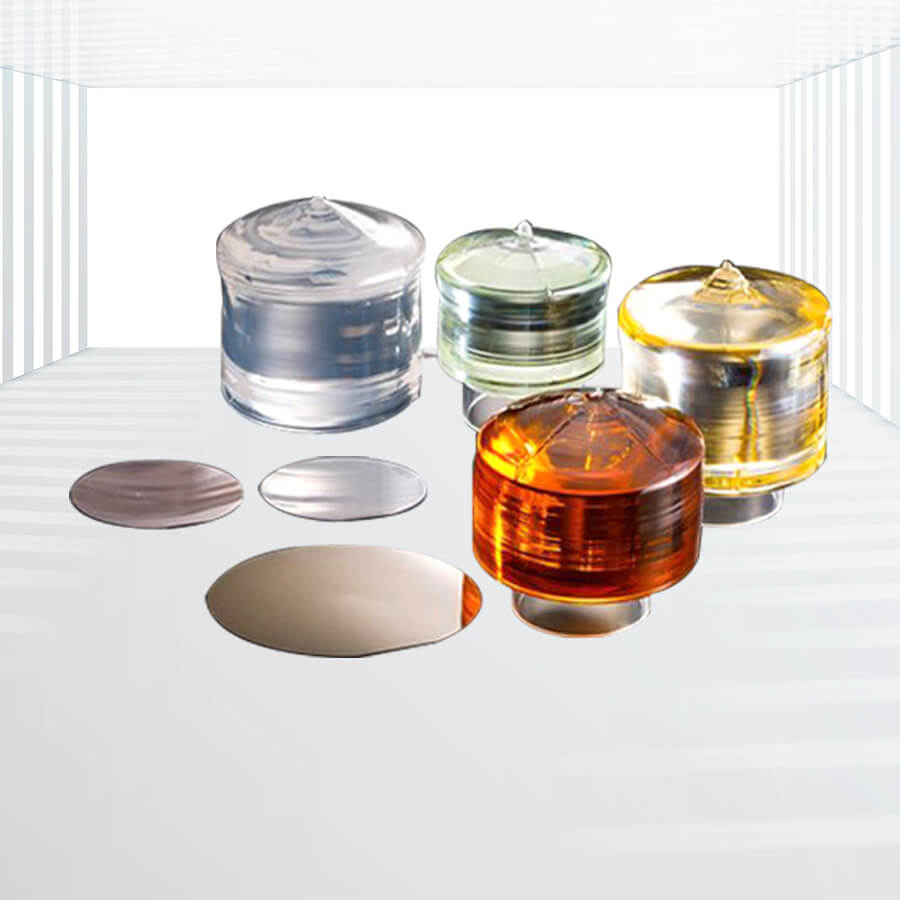
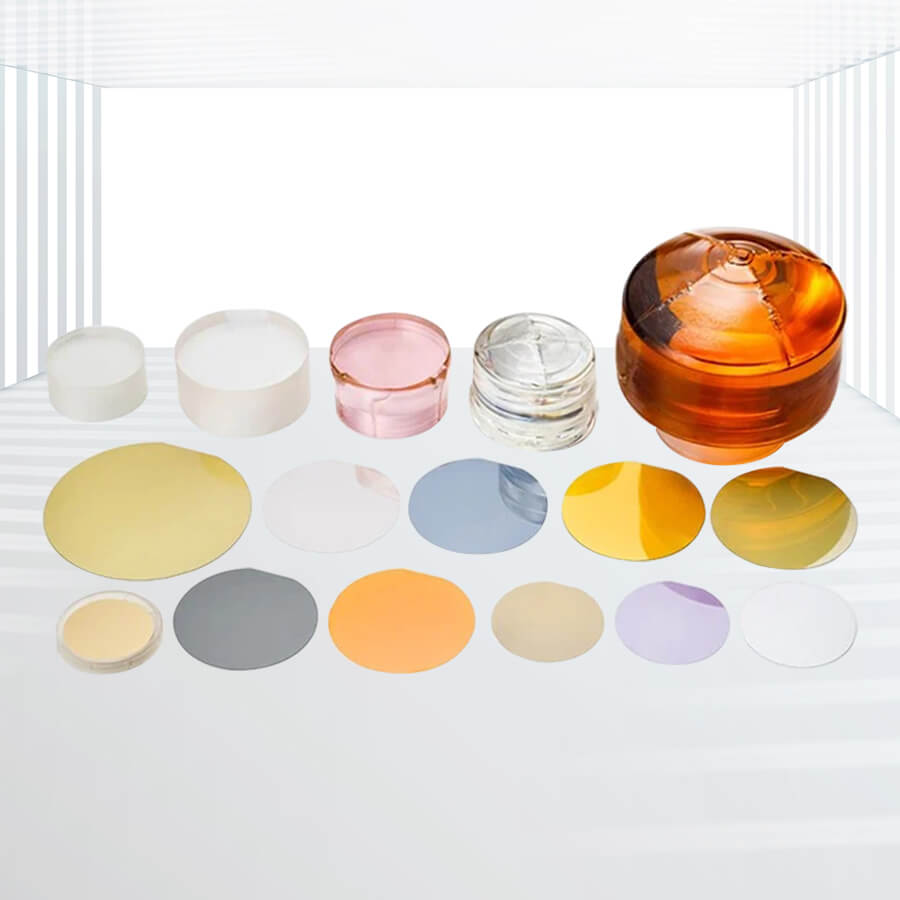
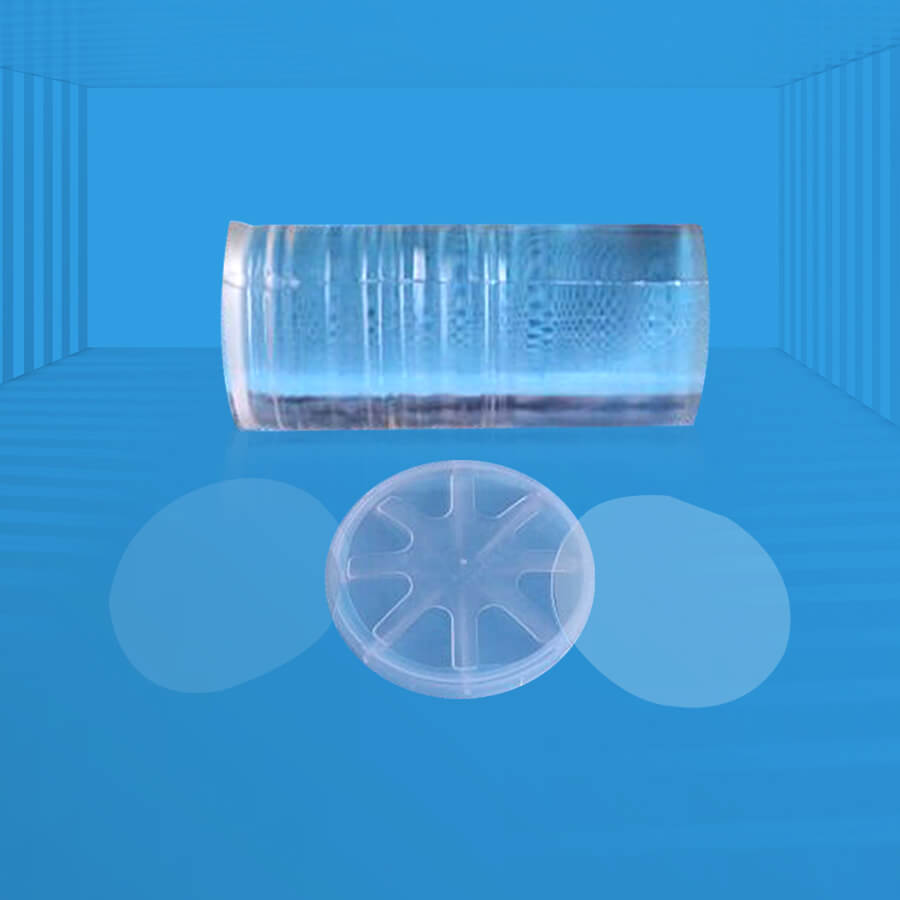
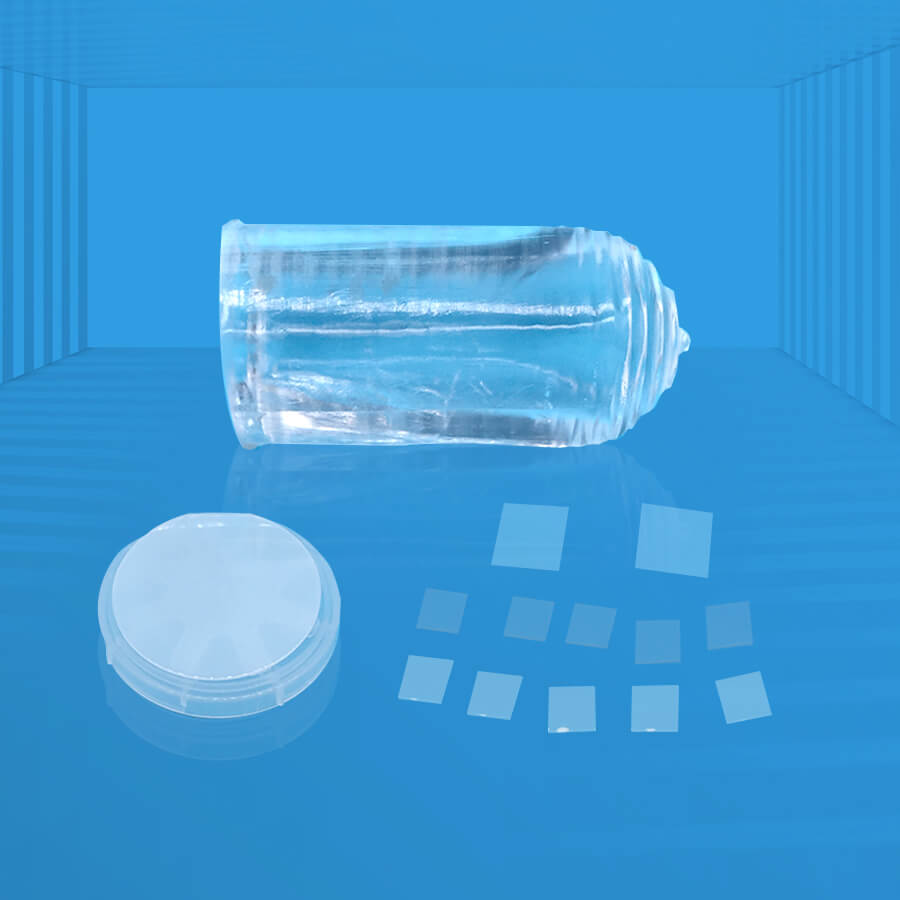
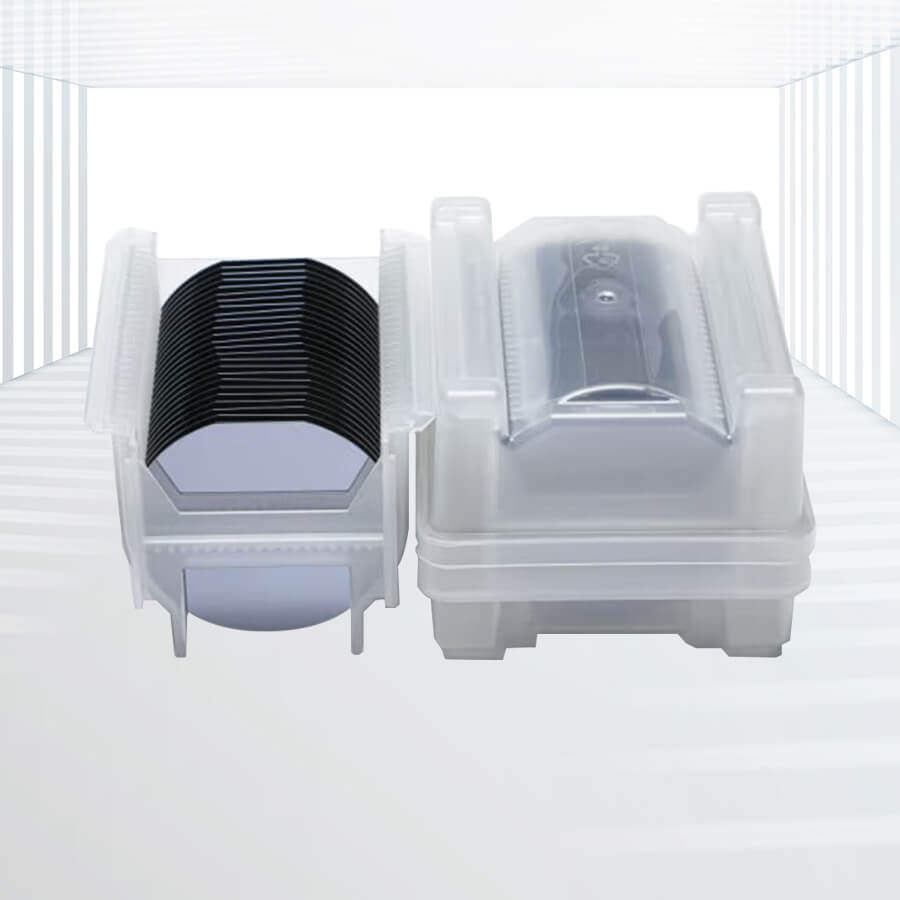
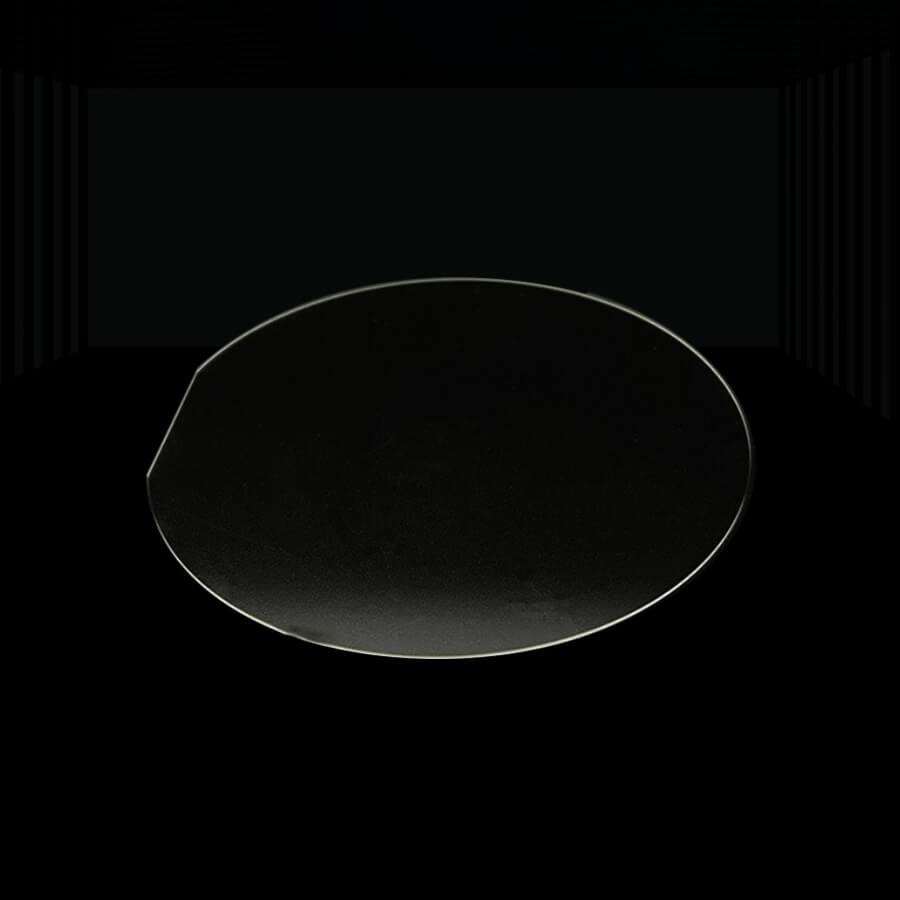
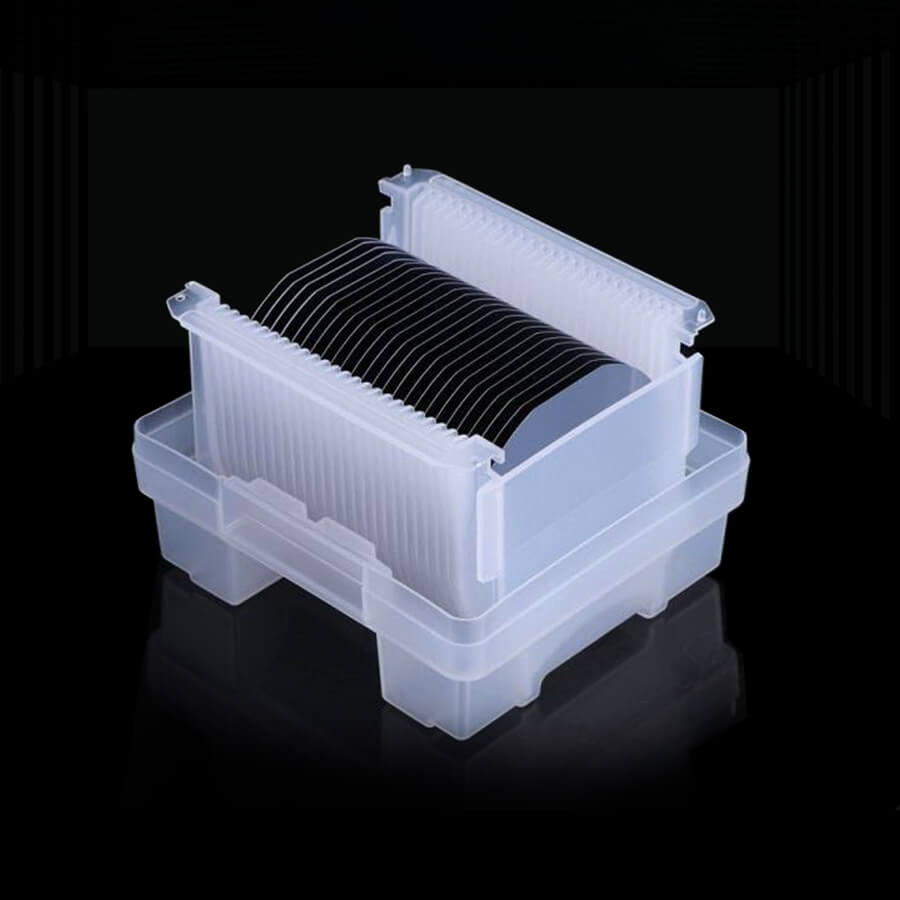
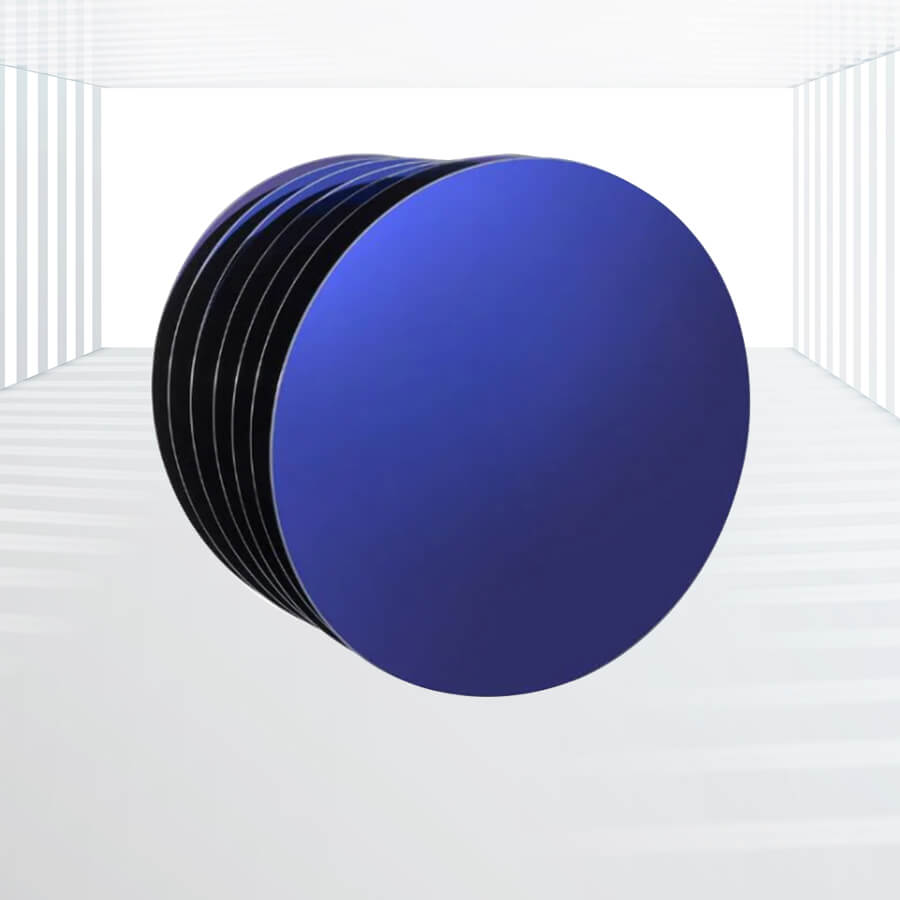
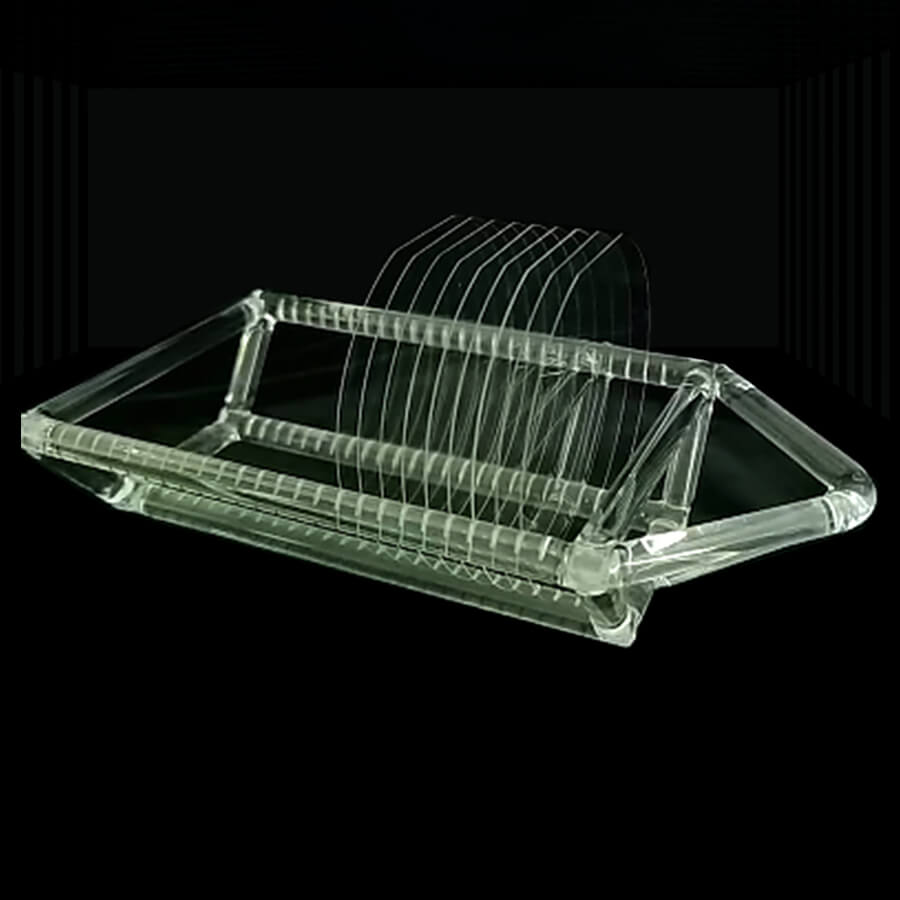
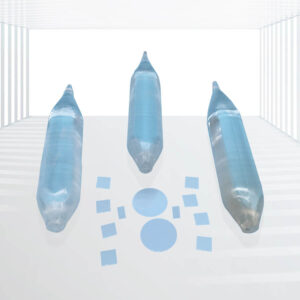
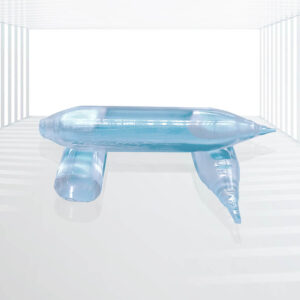
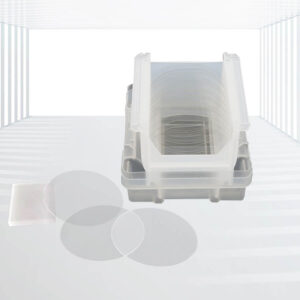
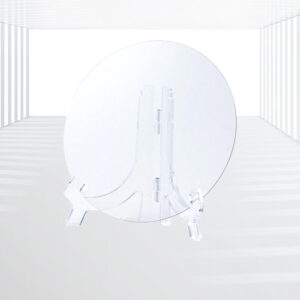
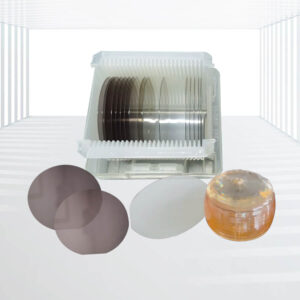
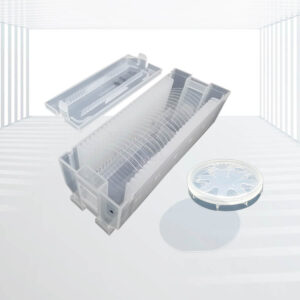
晶体和晶圆1-300x300.jpg)
晶体和晶圆2-300x300.jpg)